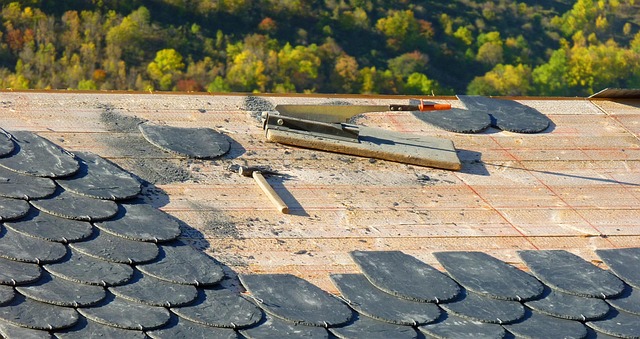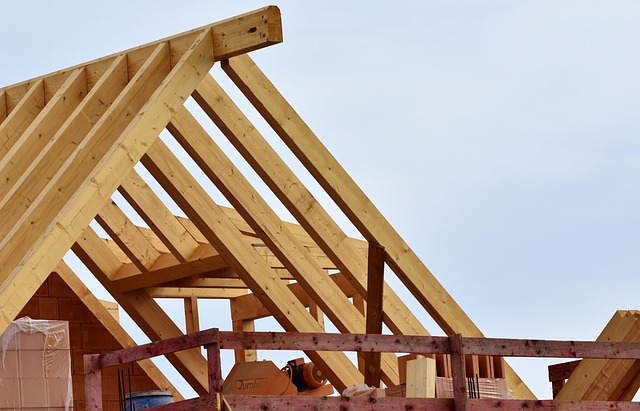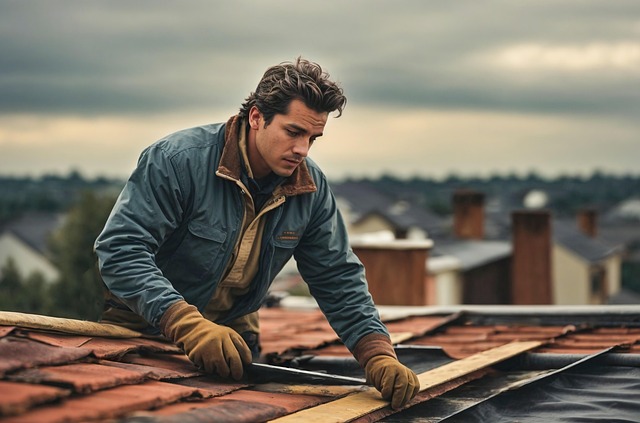When assessing damage to an Austin roof deck, inspect for rot, warping, and missing boards, focusing on valleys, ridges, and corners. Check fasteners, replace loose or damaged ones, and ensure proper flashing sealing around chimneys and vents. For expert guidance, consult a professional who can identify structural issues and recommend tailored solutions through comprehensive visual assessments. Recognize signs of instability like warping, cracking, missing shingles, uneven surfaces, sagging, or prolonged water leaks to maintain home safety and prevent property damage.
In Austin, ensuring your home’s roof decking is in optimal condition is paramount for structural integrity and safety. This comprehensive guide delves into the intricacies of roof deck repairs, empowering homeowners with knowledge to recognize damage and implement effective solutions. From identifying problem areas through visual inspections to understanding different types of damage and long-term care strategies, we provide a step-by-step approach to Austin roof repair, ensuring your home’s protective barrier remains robust against the Texas climate.
- Assessing Austin Roof Deck Damage: Identifying Problem Areas
- – Visual inspection techniques for roof decking
- – Common signs of structural instability
Assessing Austin Roof Deck Damage: Identifying Problem Areas

When assessing damage to an Austin roof deck, the first step is to thoroughly inspect the entire structure. Look for any signs of rot, warping, or missing boards, as these are common indicators of structural issues. Pay close attention to problem areas like valleys, ridges, and corners, where water accumulation and debris buildup are more likely to occur, leading to decay over time.
During your inspection, check for loose or damaged fasteners securing the deck to the roof trusses. Rusted or corroded metal components should be replaced immediately. Also, examine the flashing around chimneys, vents, and other penetrations, ensuring proper sealing to prevent water intrusion. An Austin roof repair expert can help identify these issues and recommend appropriate solutions for a safe and stable rooftop.
– Visual inspection techniques for roof decking

When it comes to Austin roof repair, a thorough visual inspection is the first step in ensuring structural stability. Rooftop decking specialists employ various techniques to meticulously examine the entire roofing system. They start by inspecting the decking from below, looking for any signs of damage, rot, or missing shingles. By walking the perimeter and observing the overall structure, professionals can identify weak spots, cracks, or uneven surfaces that may indicate a need for repairs.
Up close, they use tools like torches to safely burn away debris and expose hidden issues. Magnifying glasses or specialized cameras with infrared technology help detect subtle problems, such as moisture intrusion or termite damage. These visual assessment methods are crucial in pinpointing areas requiring attention, ensuring that Austin roof repair services address the root causes rather than merely treating symptoms.
– Common signs of structural instability

Many Austin roof repairs are necessitated by signs of structural instability that, if left unaddressed, could lead to serious safety hazards and significant property damage. Common indicators include visible warping or cracking in the decking, loose or missing shingles, or uneven surfaces. Sagging or sinking areas on the roof deck are also red flags, as they suggest compromise in the structure’s integrity. Additionally, prolonged water leaks can weaken wooden components, leading to rot and further instability. Homeowners should be vigilant for these signs, especially after severe weather events, as they could point to a need for professional Austin roof repair services to ensure the continued safety and durability of their homes.
When it comes to Austin roof repair, addressing decking issues is paramount for maintaining a safe and structurally sound home. By mastering visual inspection techniques and recognizing common signs of damage, homeowners can proactively ensure their roof’s longevity. Regular assessments and prompt repairs are key to preventing more severe problems, offering peace of mind that your abode remains a secure sanctuary above all else.
